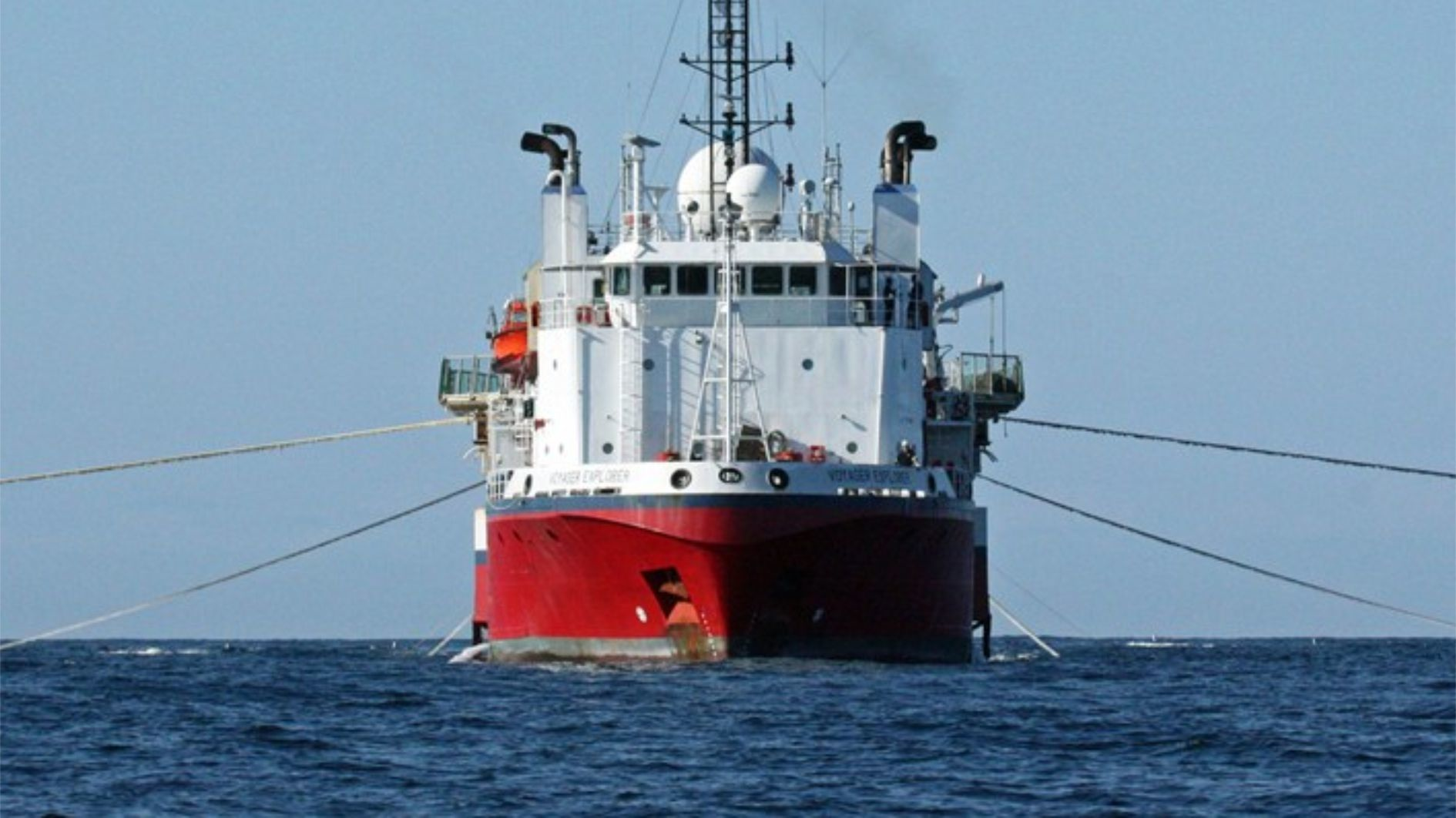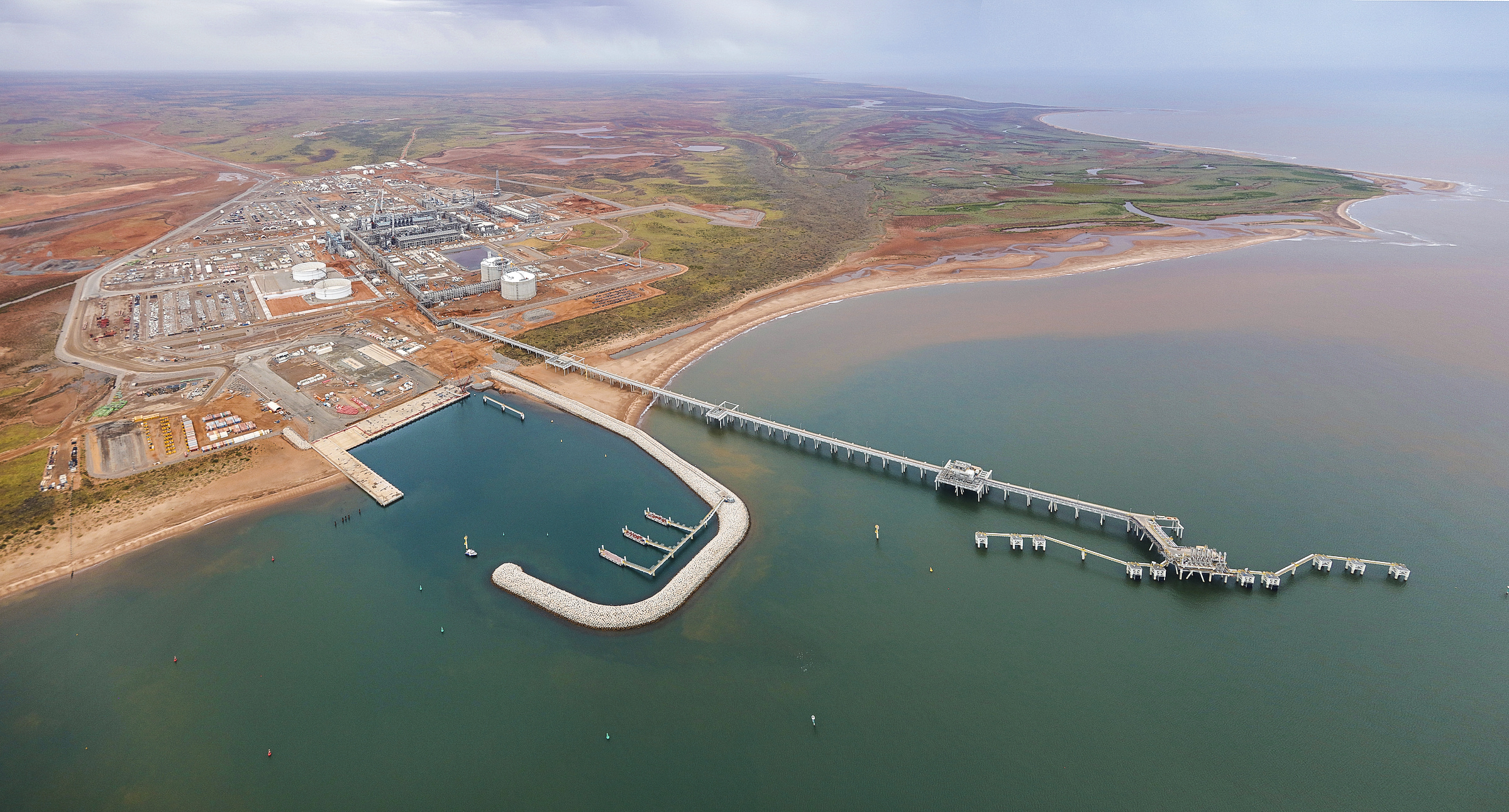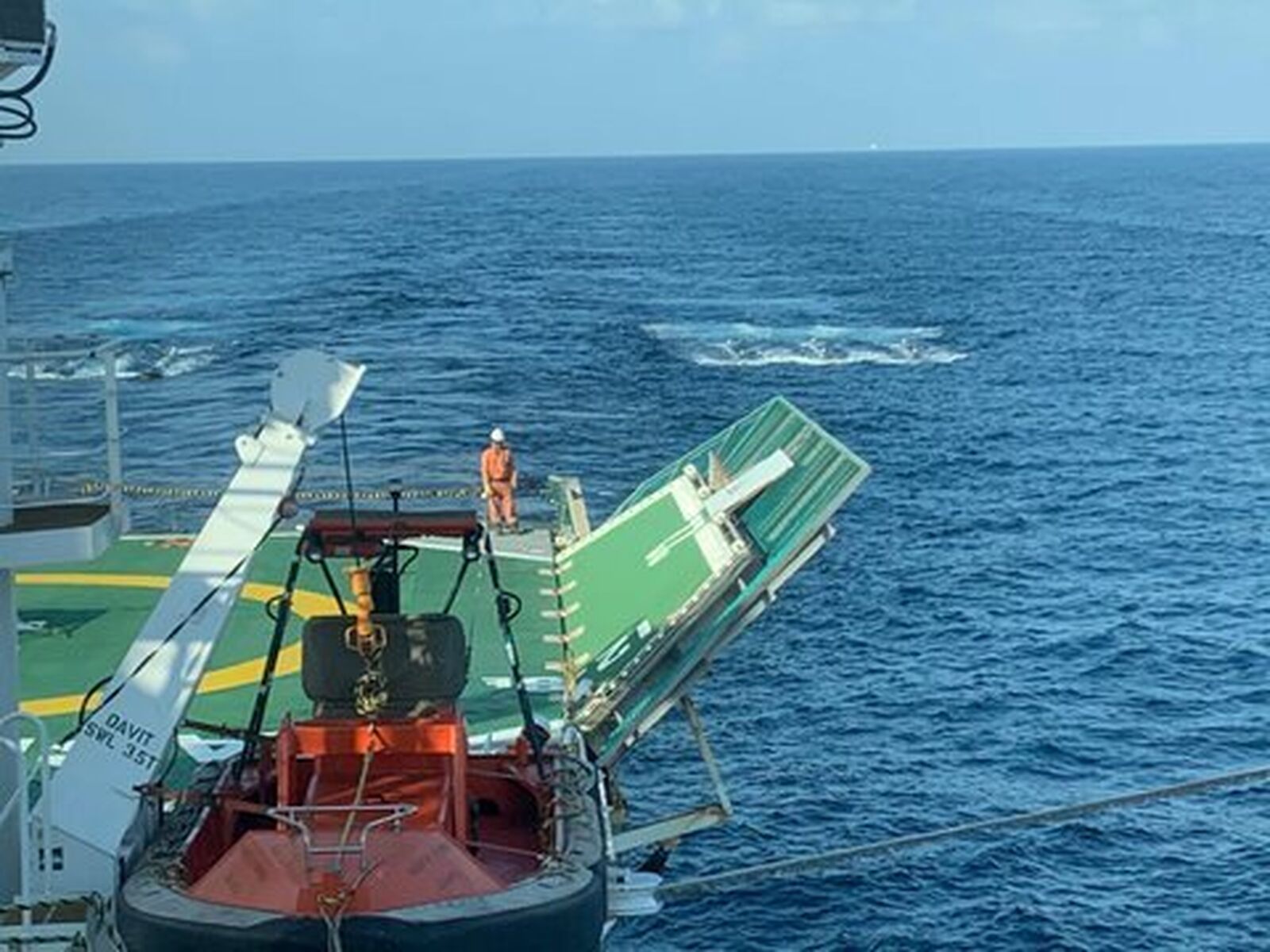Norwegian seismic company Seabird has posted third-quarter results revealing a 196% increase in revenues year-over-year to $16 million, up from $5.4 million a year ago.
In the third quarter of 2019, however, Seabird’s losses dipped to $5 million, compared to a loss of $4,6 million in the corresponding period a year earlier.
The company had five vessels in operation during the quarter, representing 68% fleet utilisation, contrasting with three vessels on projects (55% utilisation) in the second quarter of 2018.
Seabird said day rates had increased 30% year-on-year and it expected rising demand in OBN seismic in the fourth quarter of this year.
OBN Driver
“Seismic spending the last couple of years has largely been allocated to improved oil recovery (IOR) from producing fields as well as near-field exploration. This has resulted in a commensurate increase in source vessel demand related to ocean bottom node (OBN) surveys. The OBN market is expected to be a core driver of growth. Tendering activity for OBN work in regions such as West Africa, Brazil and the Gulf of Mexico is showing a marked improvement from previous quarters,” Seabird said.
“2D tendering continues at a moderate pace – but we expect more surveys to realize than before,” SeaBird said in its Q3 presentation.
“We have recently experienced a modest increase in tendering and awards related to streamer surveys. This has largely been related to proprietary surveys. However, we are beginning to see that acquisition contracts are also materializing with the multi-client companies, as illustrated by the Nordic Explorer 2D survey in Australasia. Contract prices are up approximately 30% year-over-year and pricing is anticipated to continue to increase.”





